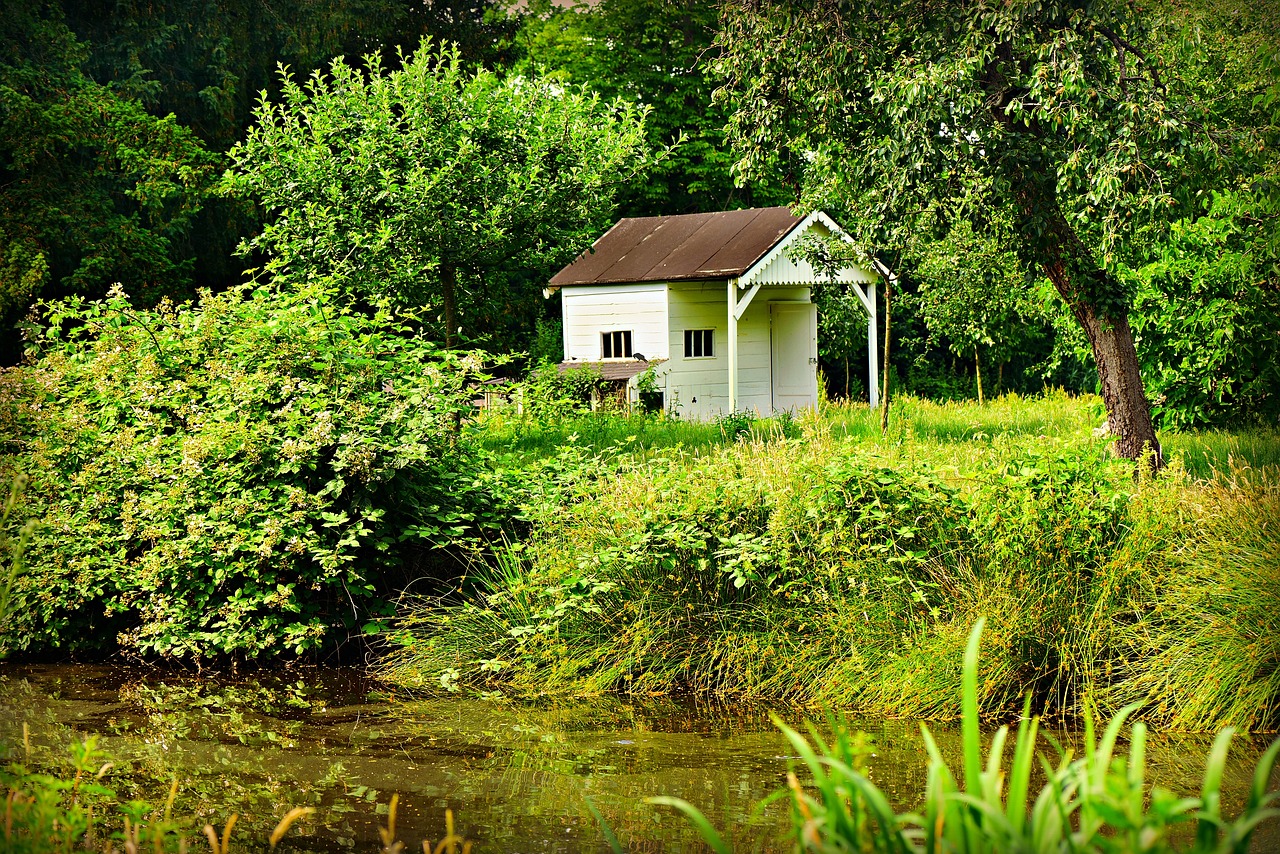Understanding the Role of an Arboriculturist

Understanding the Role of an Arboriculturist
Trees are essential to our environment, providing numerous benefits such as improving air quality, enhancing landscapes, and supporting biodiversity. The care and maintenance of these vital natural resources fall into the capable hands of arboriculturists. But what exactly does an arboriculturist do, and why is their role so important?
What is Arboriculture?
Arboriculture is the science and practice of cultivating, managing, and studying individual trees, shrubs, vines, and other perennial woody plants. It’s a profession dedicated to understanding the health and preservation of trees within various environments, particularly urban areas. Unlike forestry, which focuses on the management of large forests and timber production, arboriculture targets the care of individual trees and plants in residential, commercial, and public landscapes.
Understanding the aboriculturalist meaning is essential for those interested in the care and preservation of trees, as it encompasses various aspects of tree management and cultivation expertise.
The Importance of Trees and Arboriculturists
Trees play a critical role in maintaining ecological balance. They act as natural air purifiers, sequestering carbon dioxide and releasing oxygen. They also provide shade, reduce urban heat islands, and enhance the aesthetic appeal of our surroundings. Arboriculturists are the stewards of these vital organisms. Through their expertise, they ensure that trees remain healthy, safe, and thriving in their environments.
Arboriculture vs. Forestry
While both arboriculture and forestry involve the study and management of trees, their focus areas and methodologies differ significantly. Forestry is concerned with the conservation and management of forests, often geared towards timber production and ecosystem sustainability. Arboriculture, on the other hand, deals with the care of individual trees in built environments, aiming to improve their health, safety, and appearance.
Tasks and Responsibilities of an Arboriculturist
Arboriculturists perform a variety of tasks to maintain and enhance the health of trees:
Tree Surveys and Risk Assessments
Arboriculturists conduct thorough tree surveys to assess the condition of trees and identify potential risks. These assessments help in making informed decisions about tree maintenance and management. For instance, determining if a tree poses a safety hazard and needs to be pruned or removed.
Tree Planting Advice
Selecting the right species for a specific location is crucial for the long-term health of trees. Arboriculturists provide expert advice on tree planting, ensuring that the chosen species will thrive in the given environmental conditions and contribute positively to the landscape.
Pruning Recommendations
Proper pruning techniques are essential for tree health and safety. Arboriculturists recommend and perform pruning activities to remove dead or diseased branches, improve tree structure, and promote healthy growth.
Urban Planning and Development
In urban areas, arboriculturists play a significant role in planning and development projects. They work alongside urban planners to integrate trees into city landscapes, ensuring sustainable tree management practices. This collaboration helps in creating green spaces that enhance the quality of urban living while preserving the ecological balance.
Qualifications and Skills Required
Becoming an arboriculturist requires a combination of education, training, and practical experience. Typically, a degree in arboriculture, forestry, or a related field is necessary. Additionally, professional certifications such as those offered by the International Society of Arboriculture (ISA) can enhance an arboriculturist’s credentials.
Key skills for an arboriculturist include:
- Knowledge of tree biology and pathology to diagnose and treat tree diseases.
- Physical fitness for performing hands-on tasks such as climbing and pruning.
- Analytical skills for conducting tree surveys and risk assessments.
- Communication skills for advising clients and collaborating with urban planners.
Impact of Arboriculture Projects
Arboriculture projects have a profound impact on local communities and the environment. For example, tree planting initiatives in urban areas can transform barren landscapes into lush green spaces, providing residents with recreational areas and improving air quality. Additionally, preserving mature trees through expert care and maintenance enhances the beauty and value of properties, contributing to the overall well-being of the community.
Conclusion
Arboriculturists play a pivotal role in the health and preservation of trees, ensuring that these natural assets continue to benefit our environment and communities. Their expertise in tree care, combined with their contributions to urban planning and development, makes them indispensable in the quest for sustainable, green living spaces. If you’re passionate about trees and their care, consider exploring the world of arboriculture—a profession dedicated to nurturing the green giants that enrich our lives.
For more insights and expert advice on tree care, book a consultation with one of our certified arboriculturists today.

